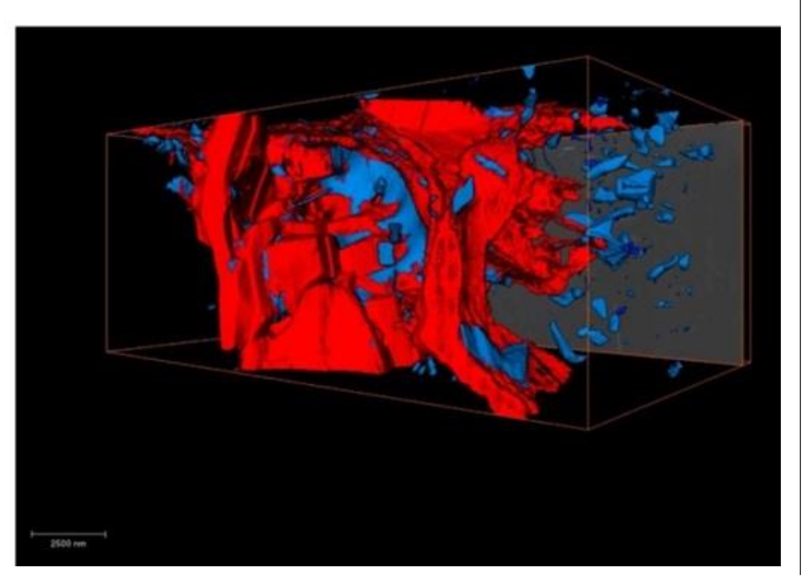Influence of Copper Addition in AlSi7MgCu Alloy on Microstructure Development and Tensile Strength Improvement
High market demands related to material quality and properties strongly influence redesigning of common safety loaded aluminum alloy castings. The quality of aluminum components and associated obtained mechanical properties are strongly dependent on the casting process and parameters, as well as on the chemical composition. Therefore, the redesigning of chemical composition of high-strength aluminum alloys becomes significant for safety critical structural components in automotive industry.

Commercial AlSi7Mg alloy represents the usual choice for complex geometry casting production. The market imperative to improve mechanical properties imposed the design of new chemical composition of AlSi7MgCu alloy with high content of Cu (up to 1.435 wt.%). This represents a challenge in order to achieve advanced properties. The interaction of a number of alloying (Si, Mg, Cu) and trace elements (Fe, Mn) influenced a wide range of complex reactions occurring and therefore leading to intermetallic phase precipitation. The characterization of novel chemical composition interaction and its solidification sequence was achieved by modelling an equilibrium phase diagram, simultaneously performing both thermal analysis and metallographic investigations.